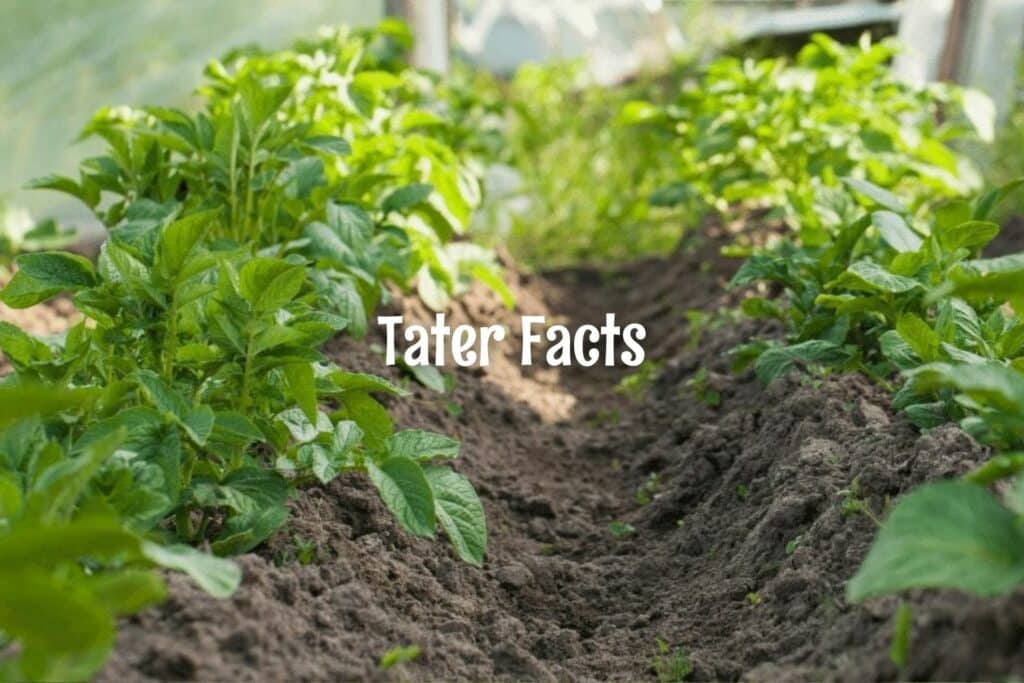
Fall Chores
by Valle Novak
With the rains of fall beginning and the true cold of oncoming winter a given, it’s time to complete your fall chores – draining and storing hoses, cleaning and hanging tools, and cutting back dead perennials, now’s the time to wrap it all up.Time, too, for the classic “chores” list:

- It’s the 11th hour for getting bulbs, corms and tubers into the ground, along with newly acquired hardy plants or transplants. Bulbs, of course, need cold to bloom well in the spring. Remember, new transplants need water to get established. Give them plenty.
- Remember the cardinal rule for fall – leave it clean! Rake up rotting fruit under the fruit trees, and debris in the perennial and veggie beds. Proper sanitation is the best defense against pests and diseases and ensures healthy plants next spring. Remove debris and garden waste to the compost compost pile unless it is known to be diseased. The heat (yes, even in the winter) will kill most organisms. To ensure plenty of heat, add some manure to the pile.
- Rake leaves onto the compost pile or shred and use for mulch.
- Trim back spent perennials – asters, mums, etc., when they’re finished blooming. Too, if you haven’t clipped back your iris leaves, do it now. It lets strength stay in the tuber, and besides, iris leaves are a favorite winter resting place for slugs. Remove broken, diseased or damaged branches from trees and shrubs. Do NOT prune roses until spring!
- If you haven’t already done so, Dig up and properly store freezing sensitive bulbs, corms, tubers or plants – dahlias, gladioluses, tuberous begonias, etc. Herbs such as rosemary, and lemon verbena, can grow in pots in a sunny window to be re-planted in the garden next summer.
- It’s also not too late to divide perennials that are close to or past dormancy. Water well but don’t fertilize!
- Chop up debris and compost. Pile loose mulch such as pine needles, straw or leaves on tender plants that require protection – roses, young transplants, strawberries and perennials;
- Dig beets and carrots (unless you leave them in the ground under bales of hay through the winter). Rule of thumb for timely harvest is when the ground cracks at the plant stem. Plant your garlic now.

- Drain gas and oil from all power garden equipment before storing to prevent starting problems in spring.
- Don’t fertilize! When this is done in the fall it encourages new growth when you don’t want it.
- Save pruning till the dead of winter or early spring, when the trees or shrubs are dormant, and fertilize when the first buds begin to appear.
- For already established plants, harden them off by reducing watering; the fall rains will be enough.
- Tie up junipers and shrubs under the eaves so that snow-weight will not break them down.
- Aerate soils in any garden plots where they are compacted and poorly drained. Saturated and dense soil can suffocate roots. Be careful not to damage tree and shrub roots. Add a layer of leaf mulch.
- Water deeply if there has been a lack of moisture (which there has). Evergreens are especially vulnerable to drought stress and should be watered deep before the soil freezes if adequate precipitation has not occurred. Spread a thin layer of composted organic mulch to blanket the soil under and around trees. Cover an area at least as large as the branch spread.
- Properly wrap new trees that have not developed a corky bark and could be easily damaged from freeze/thaw or foraging deer. Not all trees require wrapping, and it is not always advised, but if deer are a problem in your area, it is advisable to protect young trees and shrubs.
- We’ve already mentioned winter bird care. Now’s the time to make sure they have plenty of sheltered feeders full of seed, black oil sunflower is the best all-around for all species, some niger (thistle) for the finches, suet for the much-needed heat it provides them, and of course, a water source. Our winter birds – chickadees, nuthatches, and others, will repay your efforts by ridding trees of pest larvae, eggs and insects, too.

Now, sit back and take a breather, and wait for the grip of winter for further chores. When the ground is frozen and dormancy is assured, you may properly prune branches that will touch the ground when laden with snow or rain. Remove damaged and declining twigs, branches and bark (which provide pests food and shelter for the winter). At that time you may also remove any new sprouts or suckers that have grown at the tree base or along stems and branches.
Originally published 10-29-00 in the Bonner County Daily Bee.







Responses